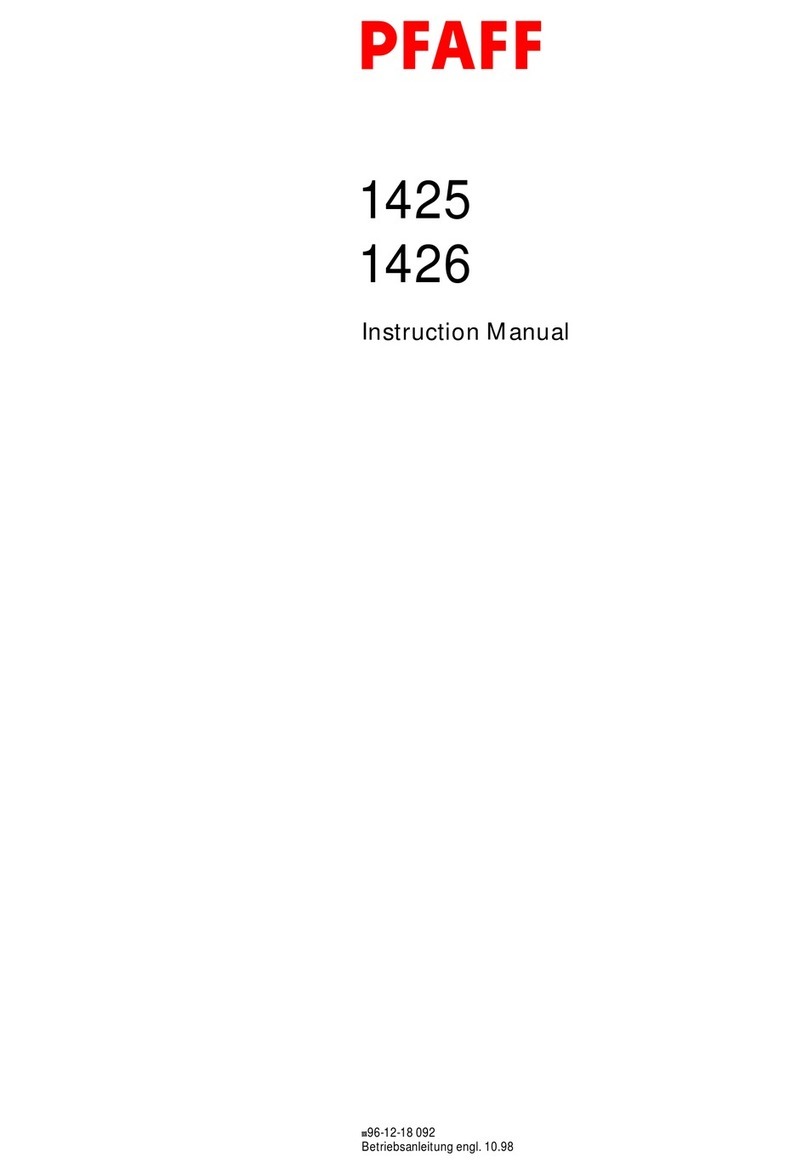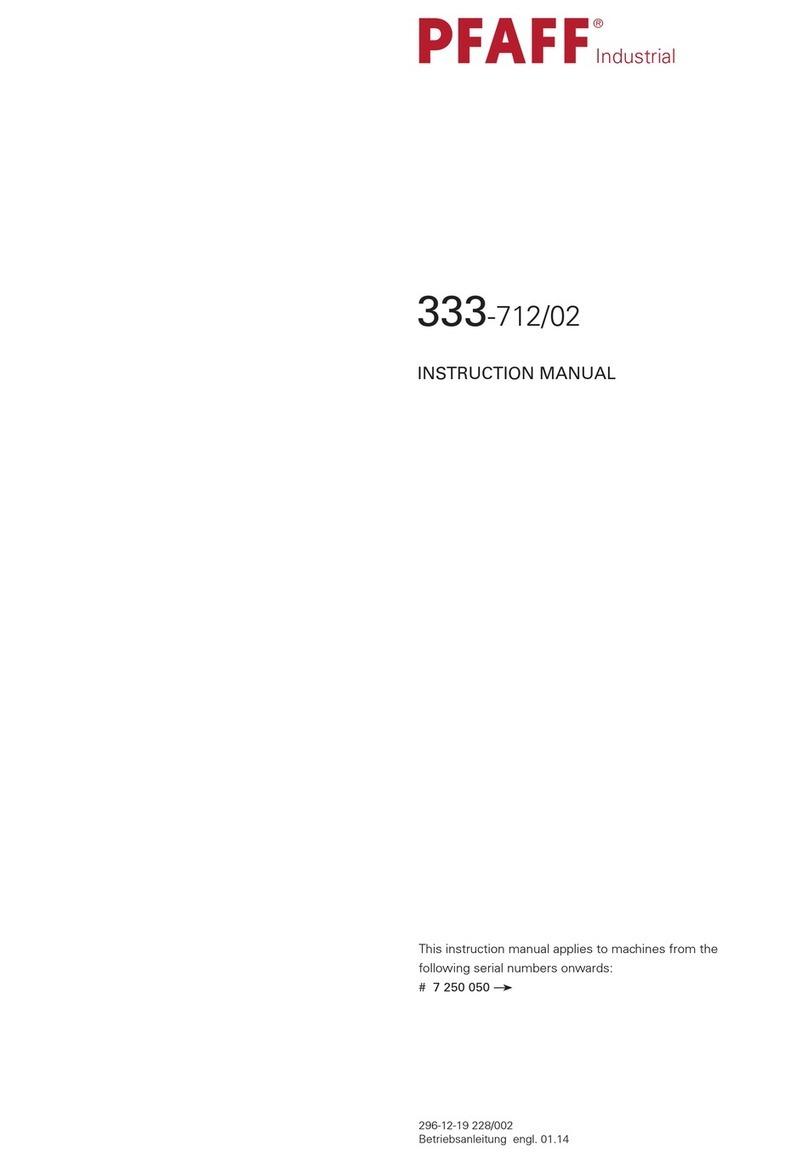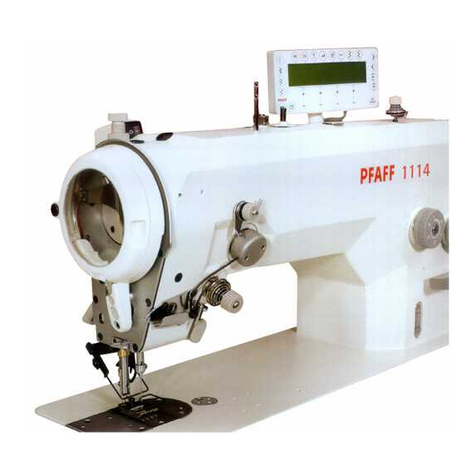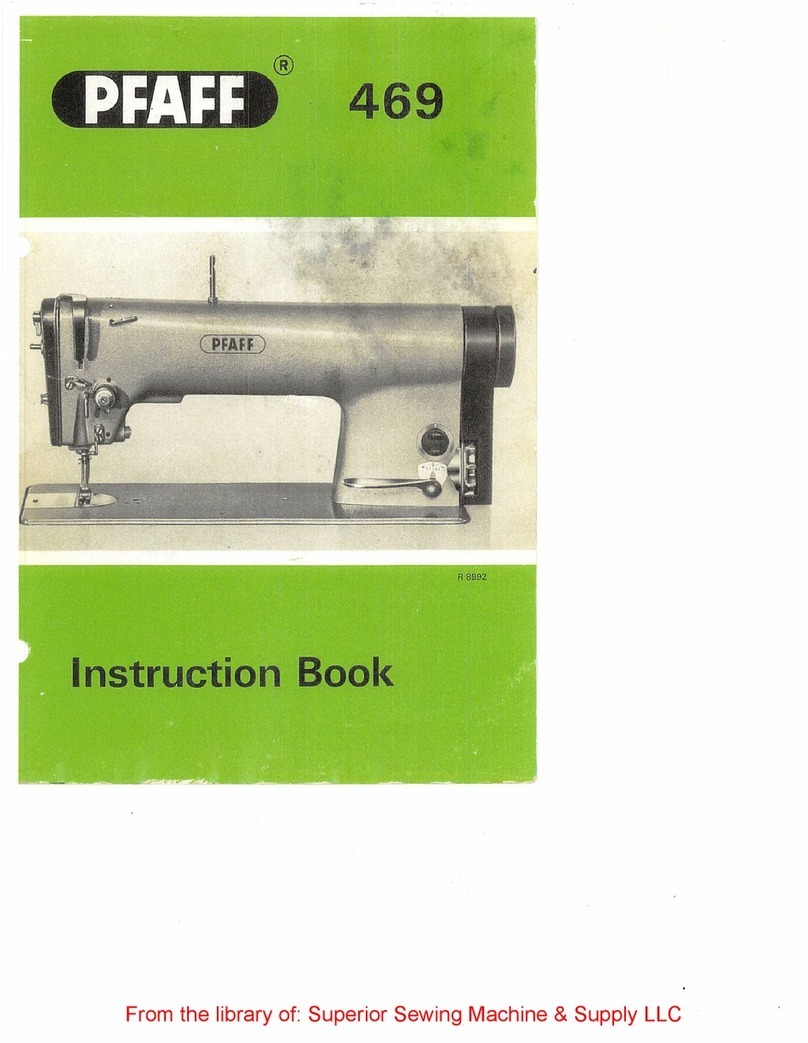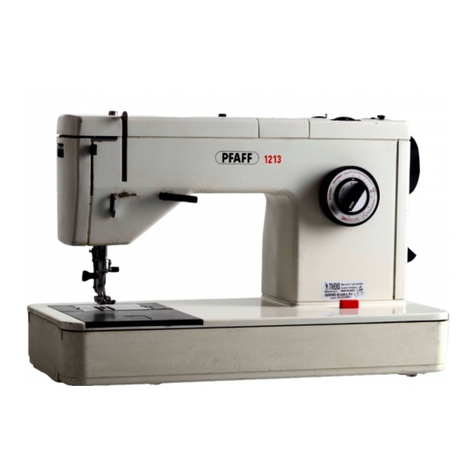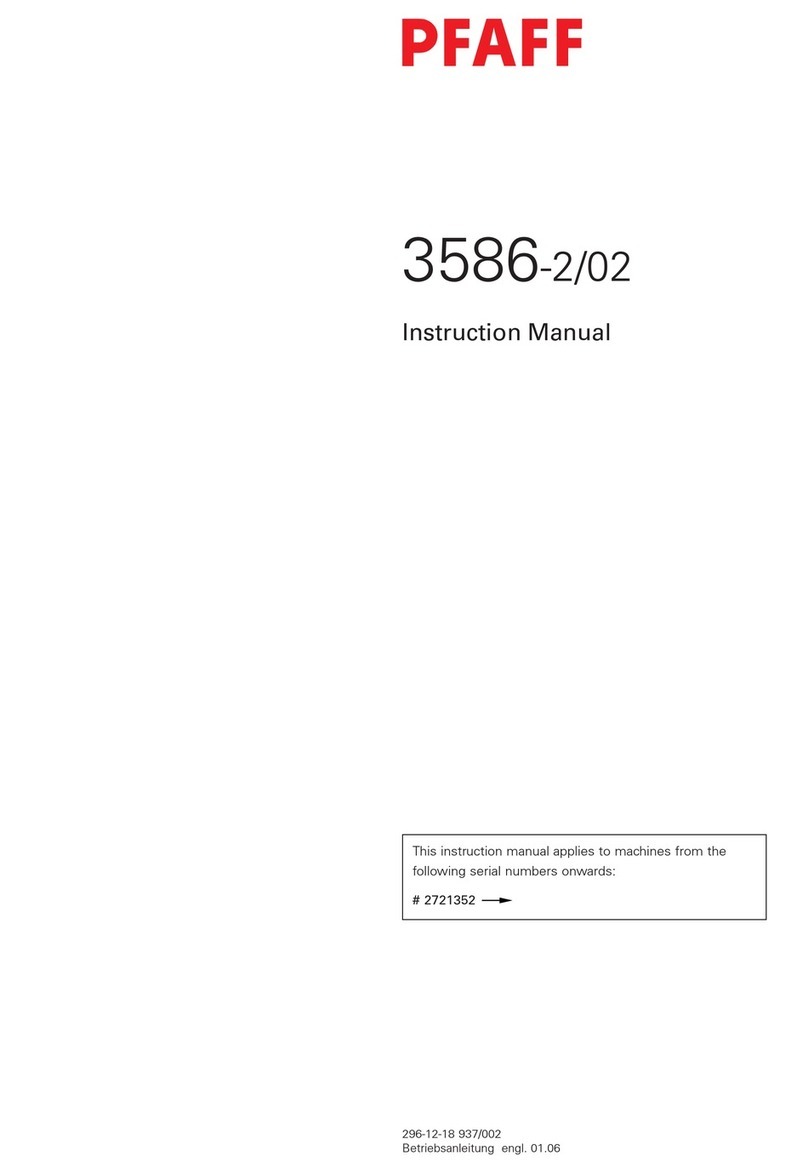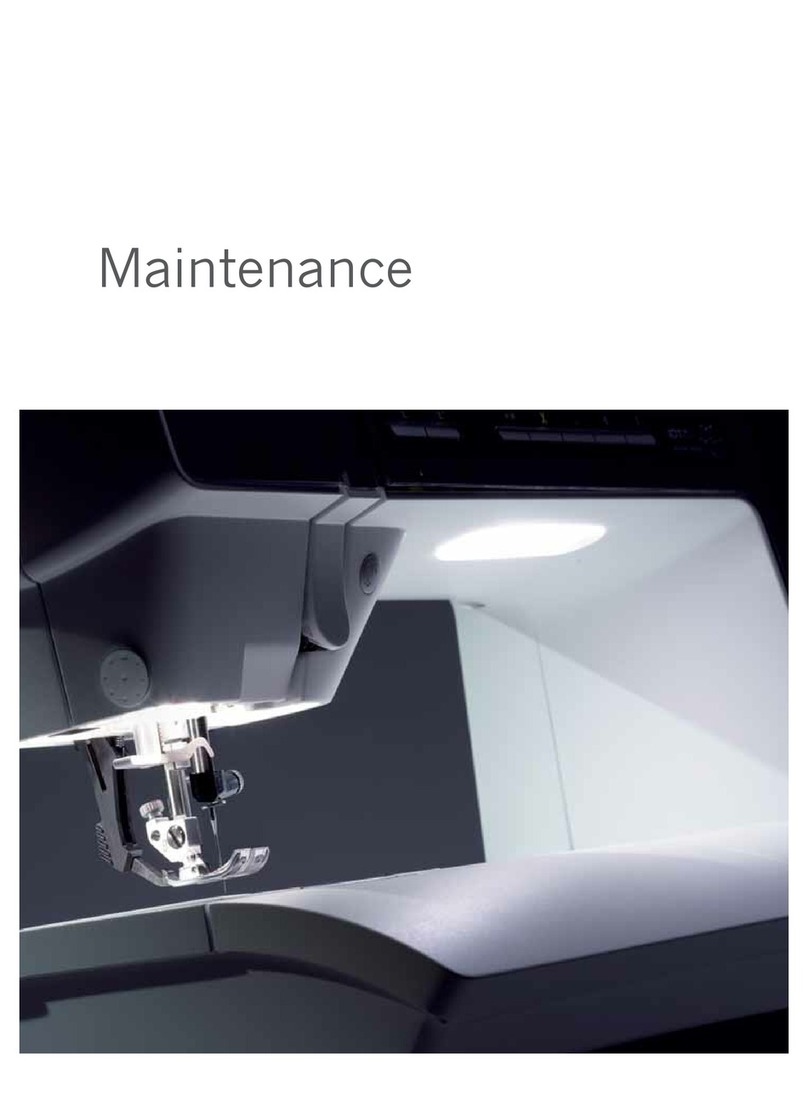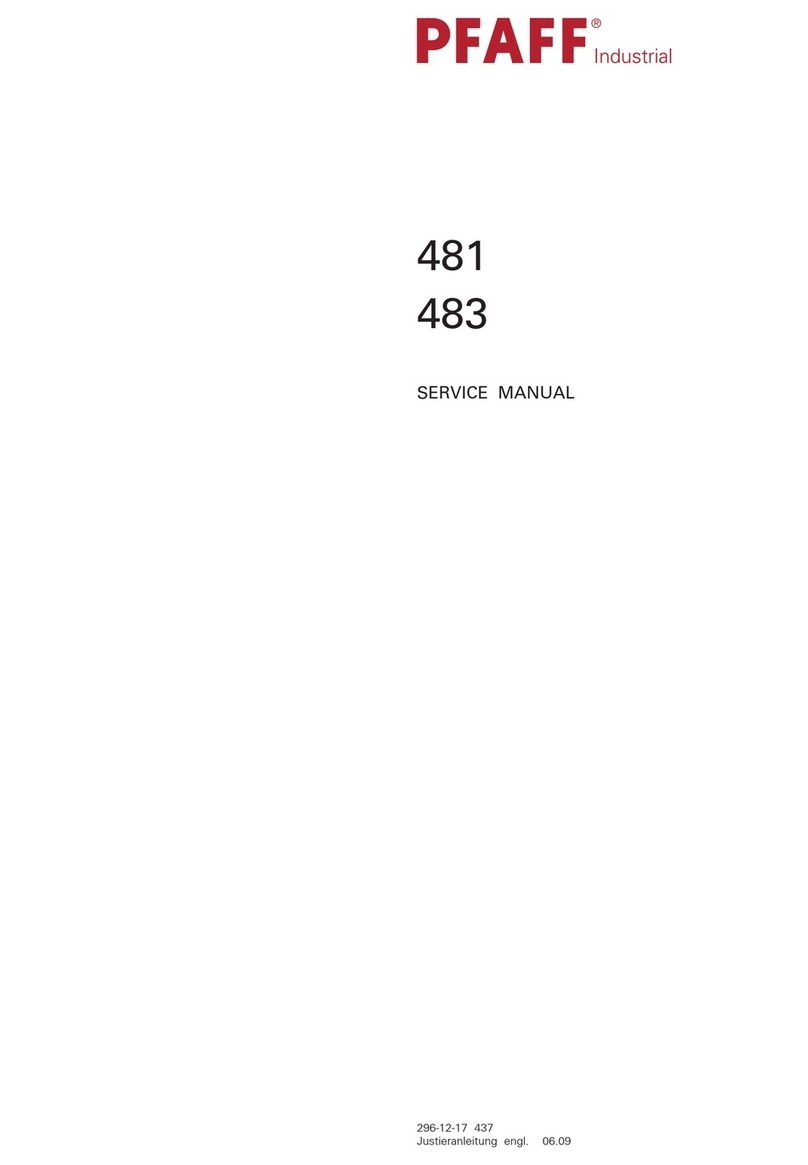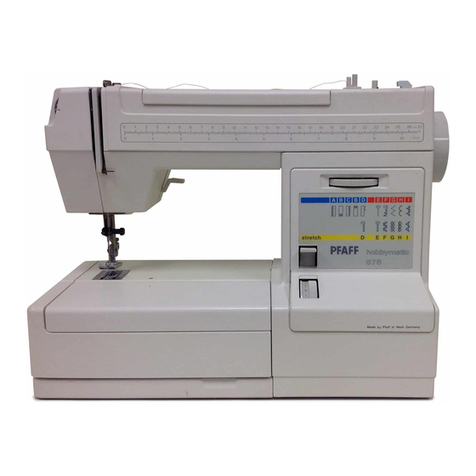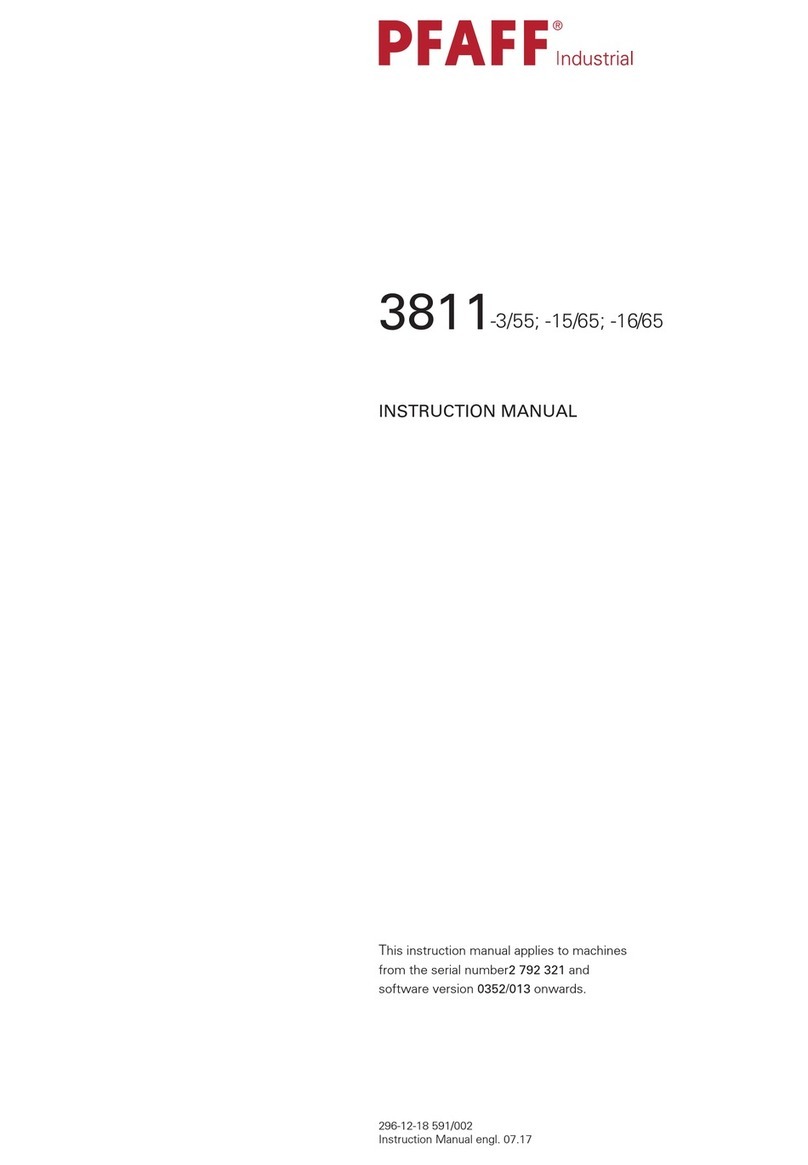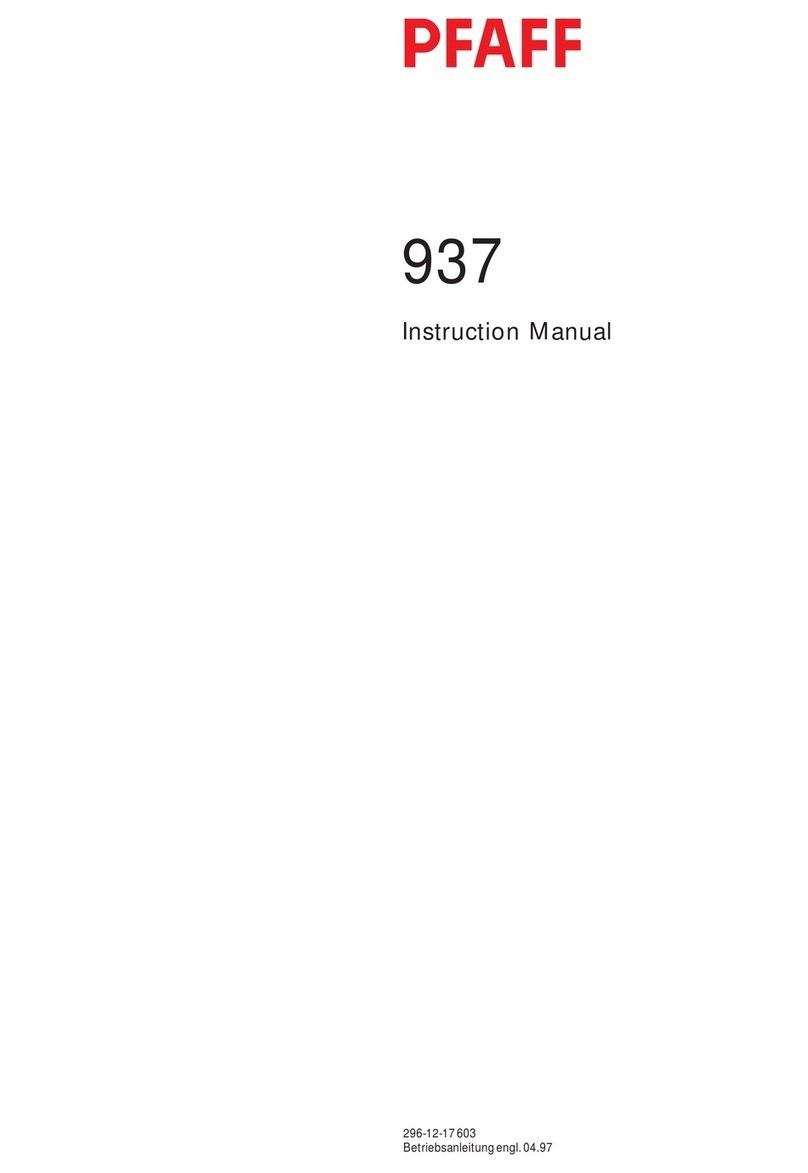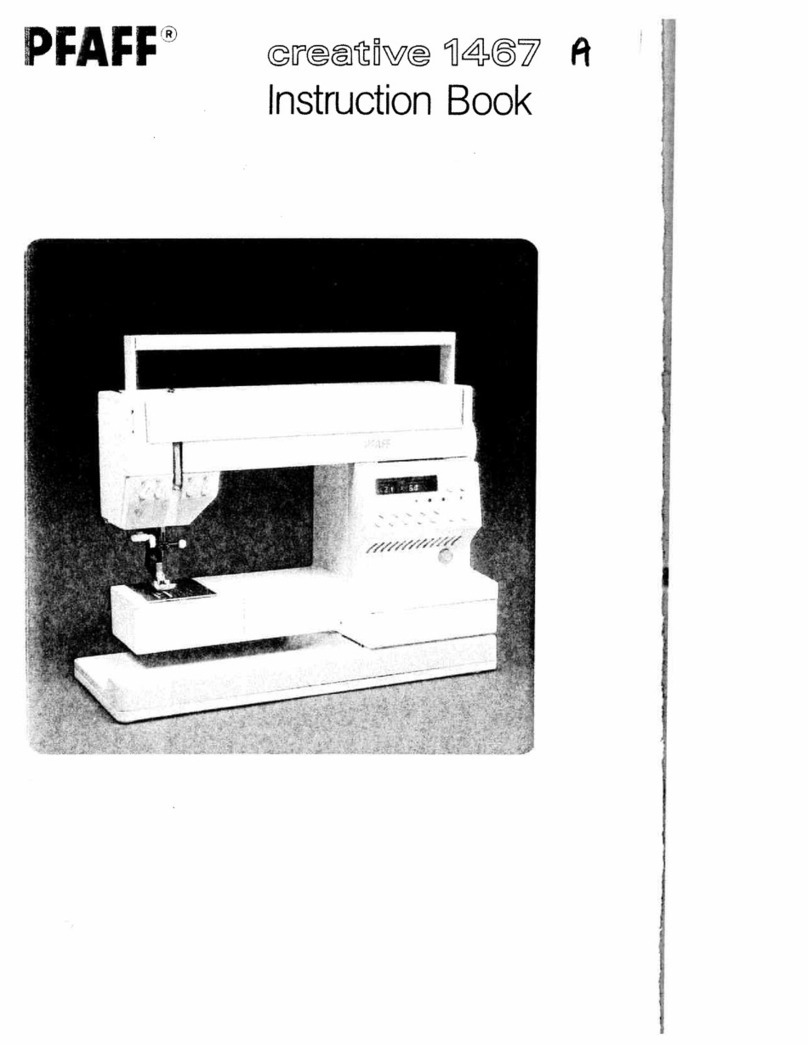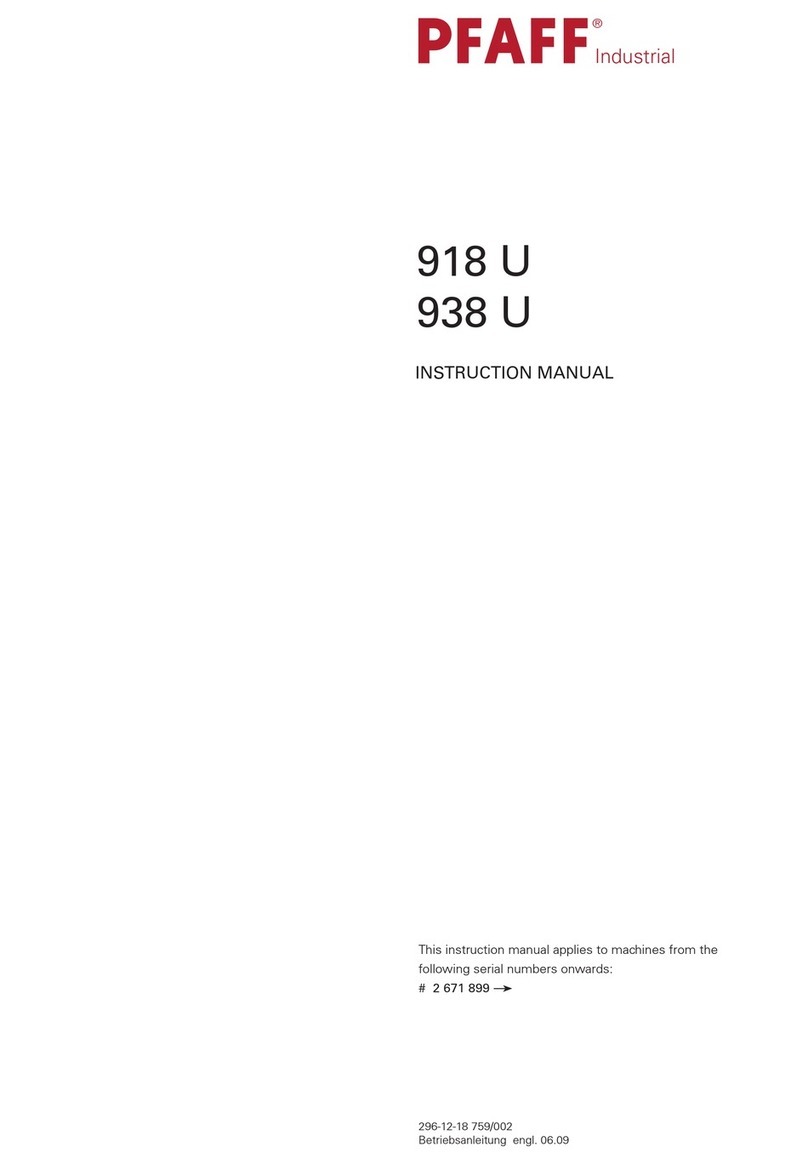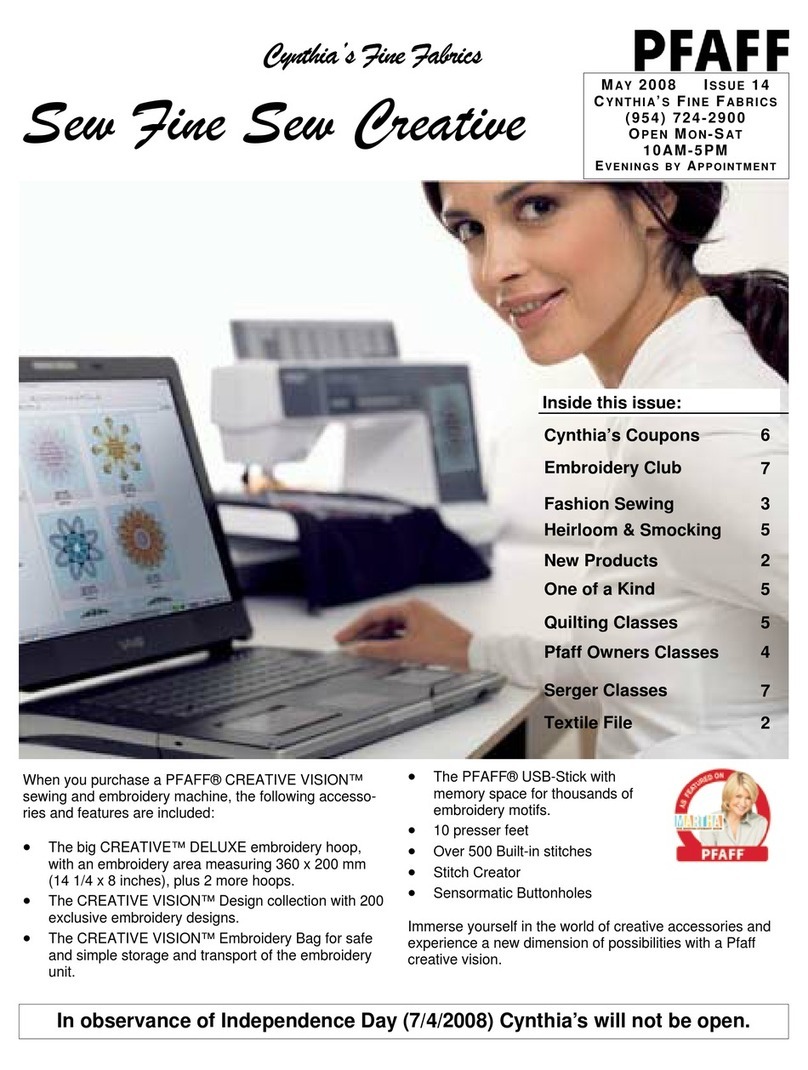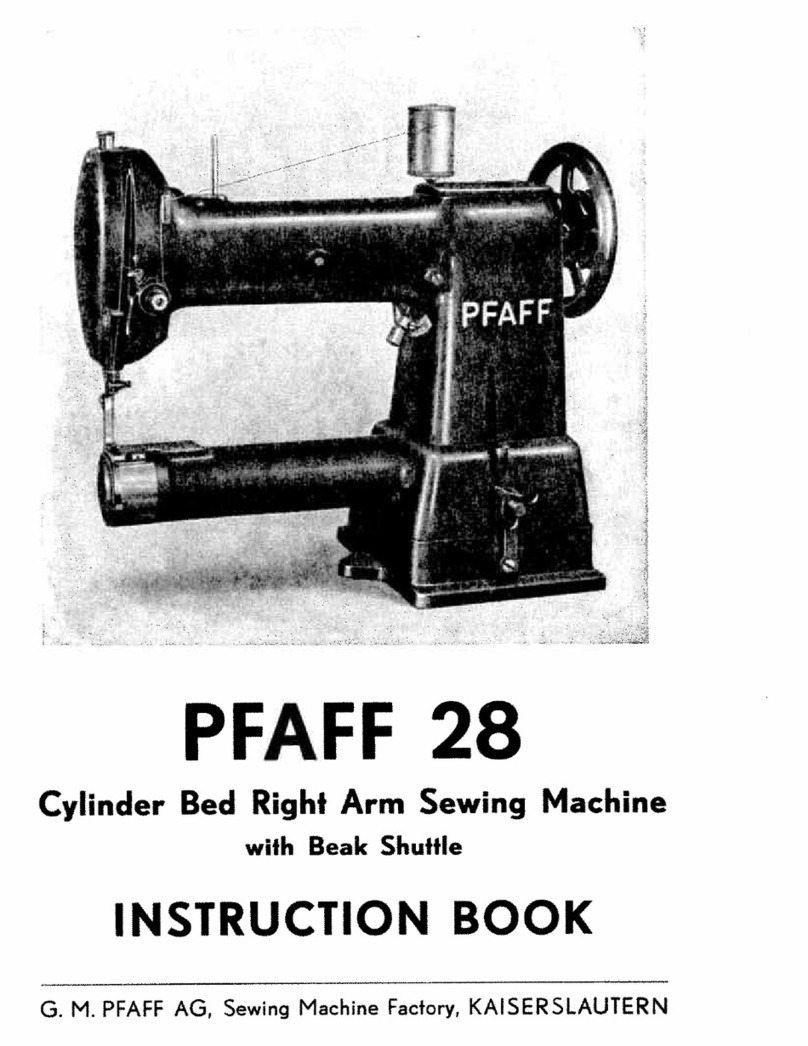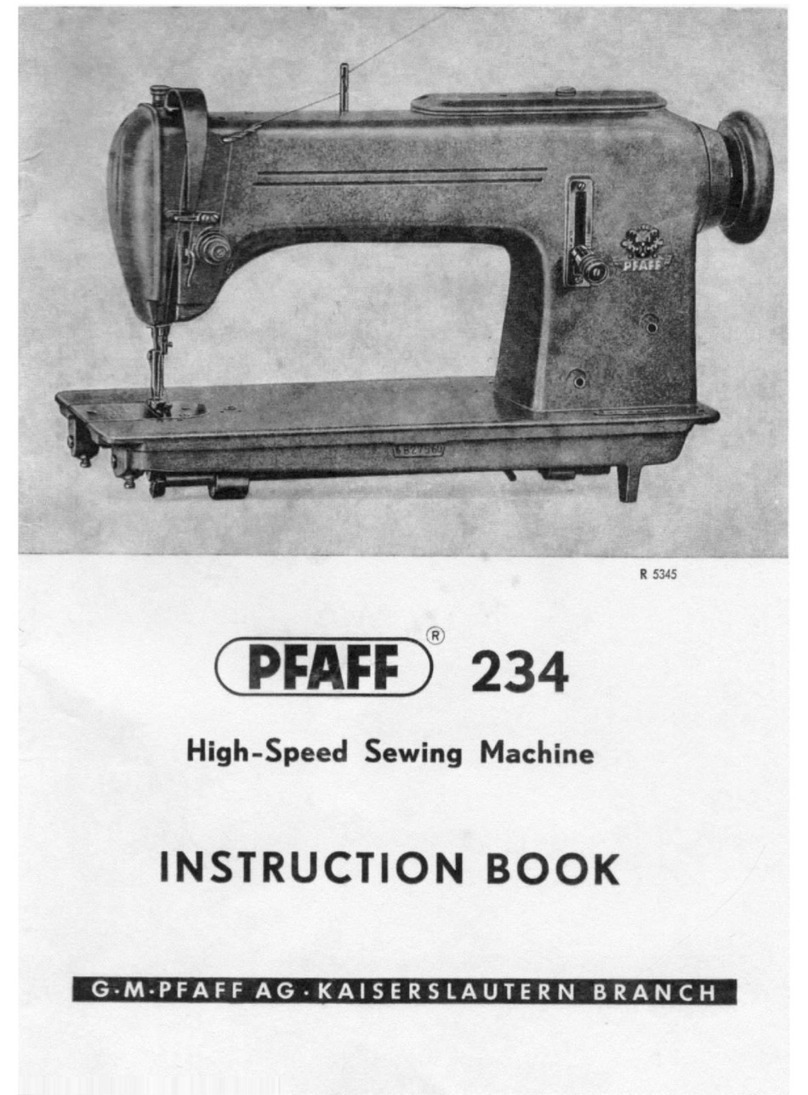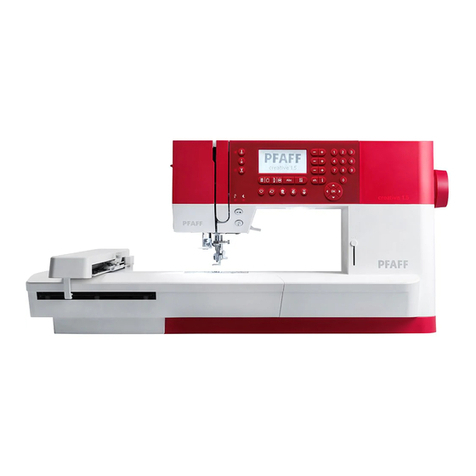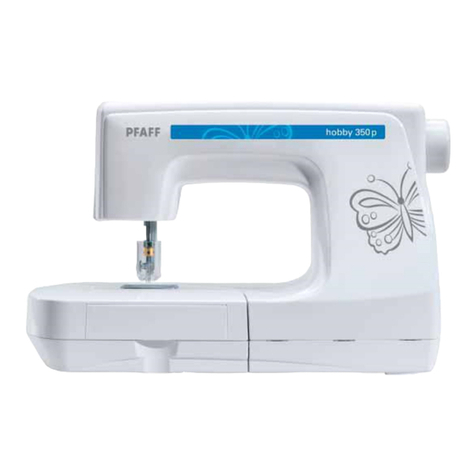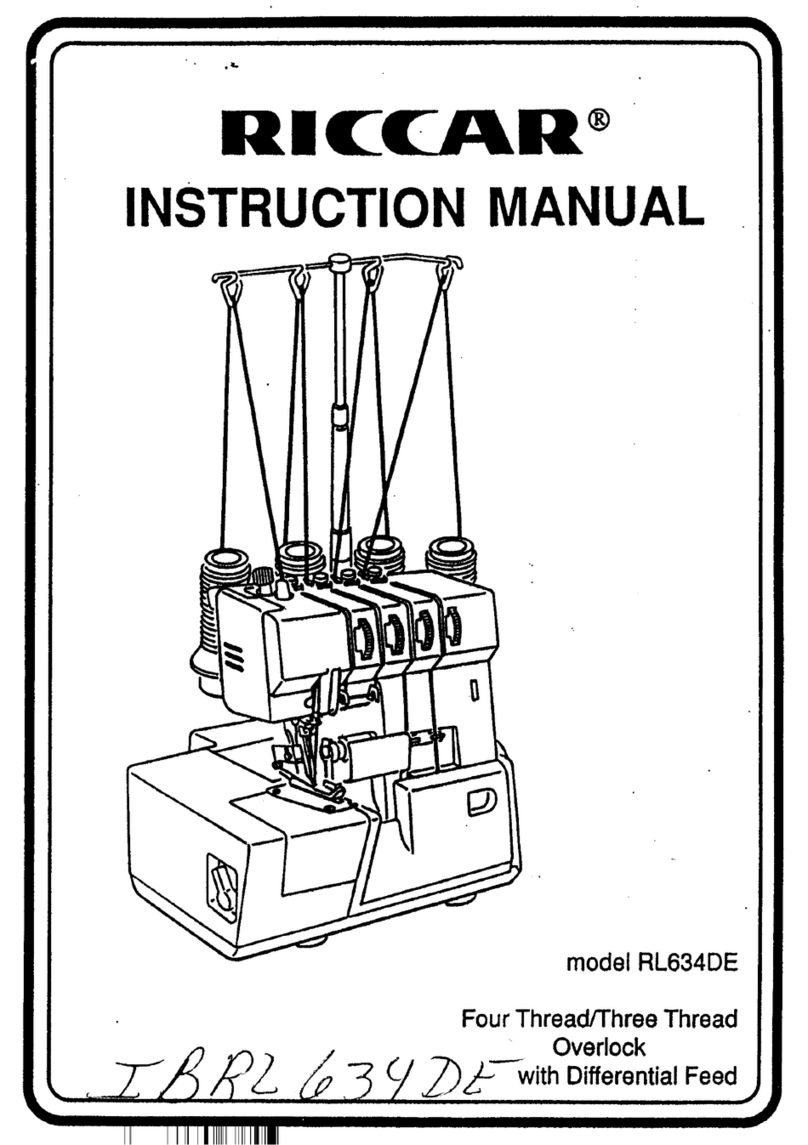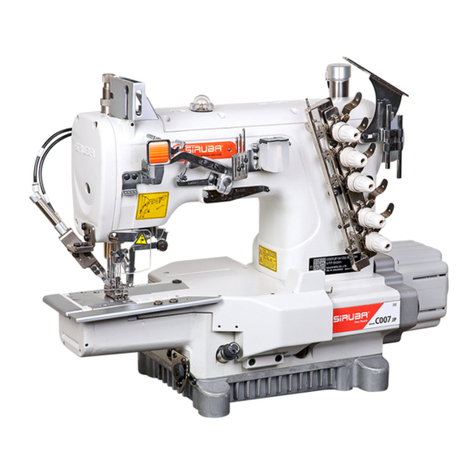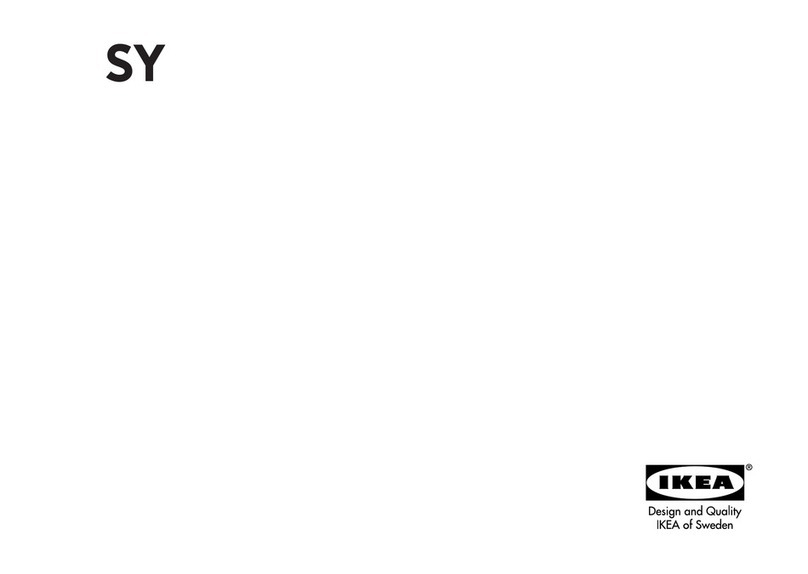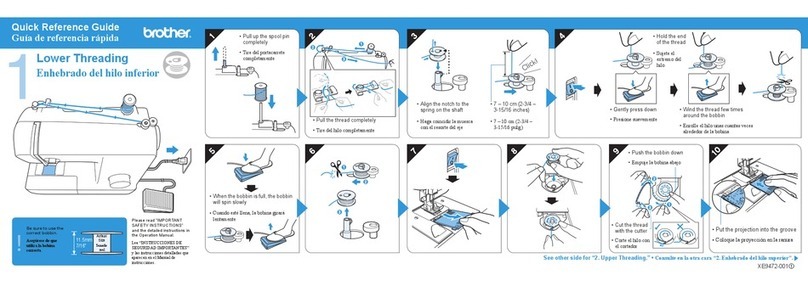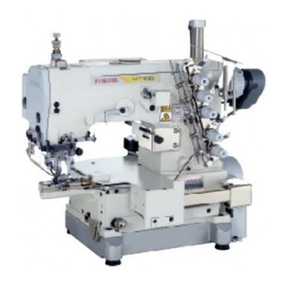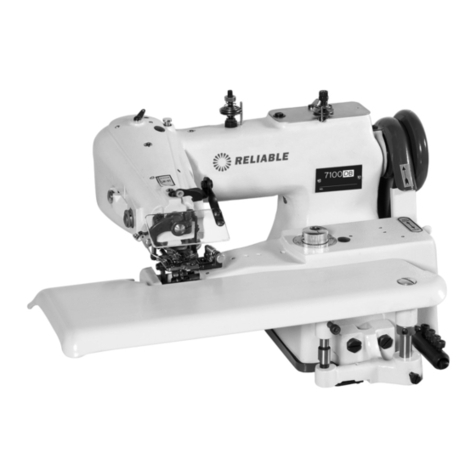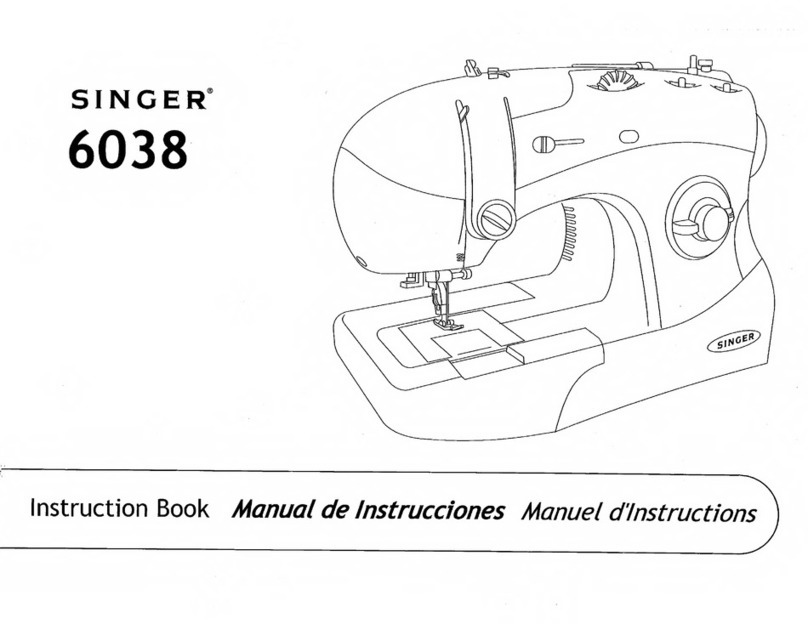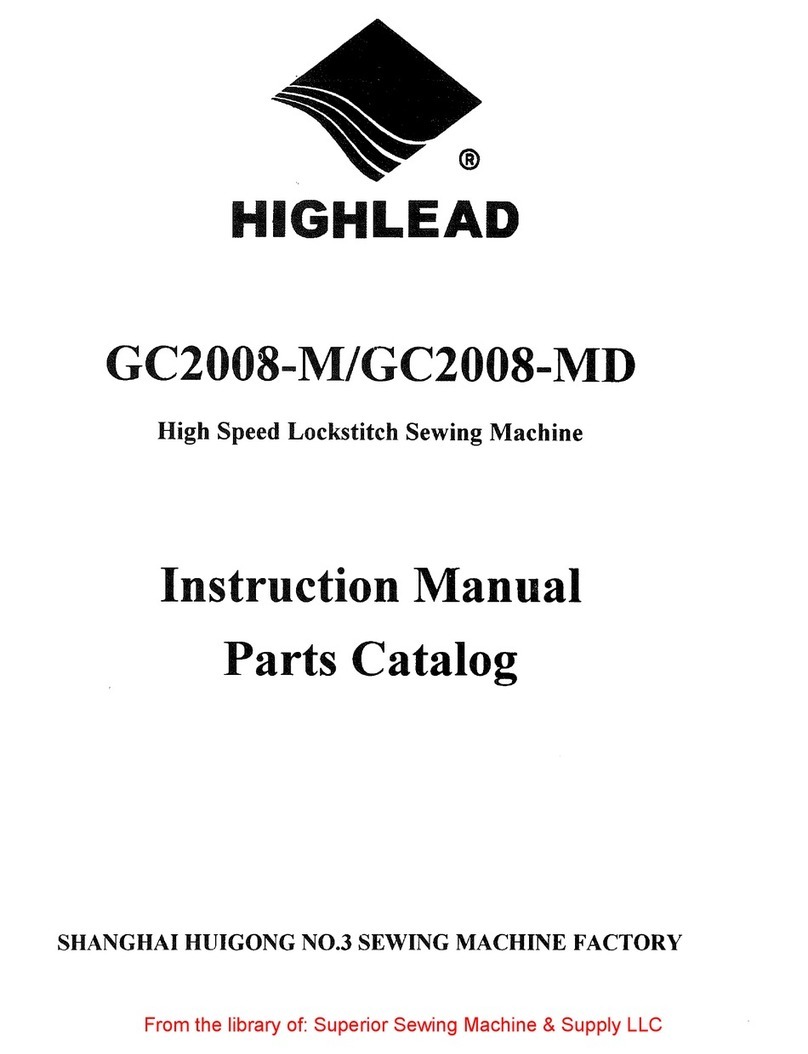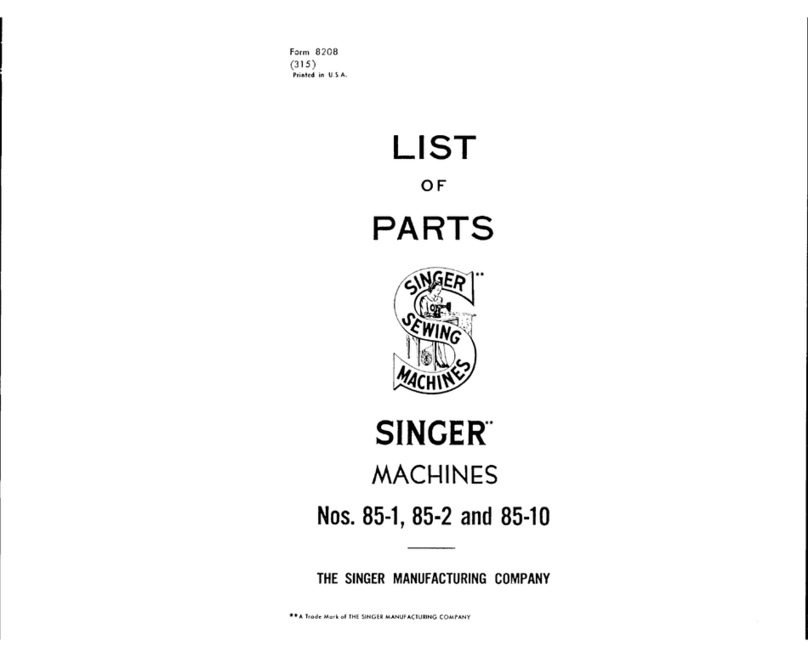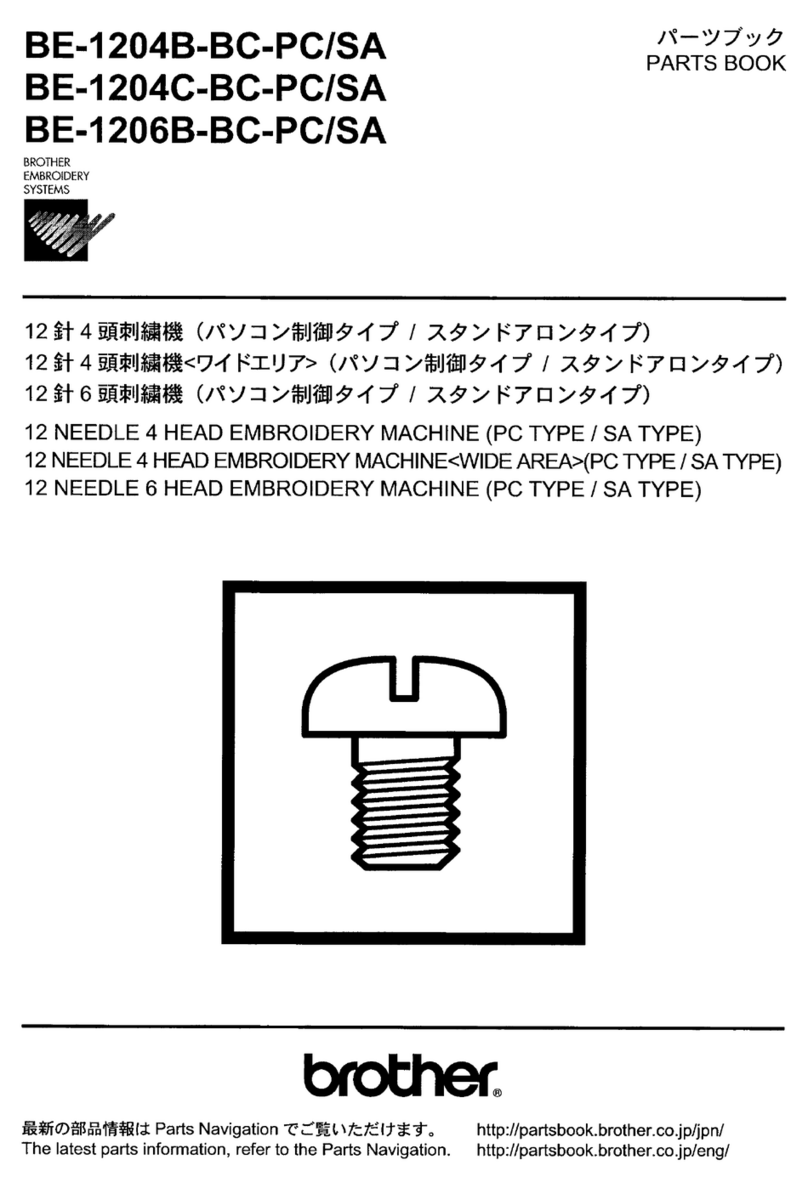1
Page
Table of contents . . . . . . . . . . . . . . . . . . . . . . . . . . . . . . . . . . . . . . . . . . . . . . . . . . . . . . . . . . . . . . .1
Foreword . . . . . . . . . . . . . . . . . . . . . . . . . . . . . . . . . . . . . . . . . . . . . . . . . . . . . . . . . . . . . . . . . . . . .3
Notes on the sewing machine . . . . . . . . . . . . . . . . . . . . . . . . . . . . . . . . . . . . . . . . . . . . . . . . . . . . . .4
Specifications of the coverlock 4872 . . . . . . . . . . . . . . . . . . . . . . . . . . . . . . . . . . . . . . . . . . . . . . . . .5
Adjustment gauge of the coverlock 4872 . . . . . . . . . . . . . . . . . . . . . . . . . . . . . . . . . . . . . . . . . . . . .6
Dismantling the housing of the coverlock 4872 . . . . . . . . . . . . . . . . . . . . . . . . . . . . . . . . . . . . . . . . .7
Requirements for adjusting the coverlock 4872 . . . . . . . . . . . . . . . . . . . . . . . . . . . . . . . . . . . . . . . .12
Needle bar height and needle penetration points
1. Setting the needle bar height . . . . . . . . . . . . . . . . . . . . . . . . . . . . . . . . . . . . . . . . . . . . . . . . . .16
Feeding system
2. Setting the main feed dog in the sewing direction with regard
to the needle plate . . . . . . . . . . . . . . . . . . . . . . . . . . . . . . . . . . . . . . . . . . . . . . . . . . . . . . . . . .18
3. Setting the feed dog height . . . . . . . . . . . . . . . . . . . . . . . . . . . . . . . . . . . . . . . . . . . . . . . . . . . .20
4. Setting the differential feed dog . . . . . . . . . . . . . . . . . . . . . . . . . . . . . . . . . . . . . . . . . . . . . . . . .21
5. Setting the main feed-dog height . . . . . . . . . . . . . . . . . . . . . . . . . . . . . . . . . . . . . . . . . . . . . . .22
6. Setting the presser bar height . . . . . . . . . . . . . . . . . . . . . . . . . . . . . . . . . . . . . . . . . . . . . . . . . .23
7. Setting the differential feed . . . . . . . . . . . . . . . . . . . . . . . . . . . . . . . . . . . . . . . . . . . . . . . . . . . .24
8. Setting the movement of the feed dog stroke and the upper blade . . . . . . . . . . . . . . . . . . . . . .26
9. Setting the feed dog movement . . . . . . . . . . . . . . . . . . . . . . . . . . . . . . . . . . . . . . . . . . . . . . . .28
Setting the lower overedge looper
10. Setting the height of the lower overedge looper . . . . . . . . . . . . . . . . . . . . . . . . . . . . . . . . . . . .30
11. Setting the timing of the lower overedge looper . . . . . . . . . . . . . . . . . . . . . . . . . . . . . . . . . . . . .32
12. Setting the looper-to-needle clearance . . . . . . . . . . . . . . . . . . . . . . . . . . . . . . . . . . . . . . . . . . .34
13. Setting the lateral clearance to the left needle . . . . . . . . . . . . . . . . . . . . . . . . . . . . . . . . . . . . .35
Setting the upper overedge looper
14. Setting the lateral clearance to the left needle . . . . . . . . . . . . . . . . . . . . . . . . . . . . . . . . . . . . . .36
15. Setting the timing of the upper overedge looper . . . . . . . . . . . . . . . . . . . . . . . . . . . . . . . . . . . .37
16. Setting the clearance between the upper and lower overedge loopers . . . . . . . . . . . . . . . . . . . .38
Setting the two thread chainstitch looper
17. Setting the lateral clearance to the two thread chainstitch needle “L2” . . . . . . . . . . . . . . . . . . . .39
18. Setting the looper-to-needle clearance . . . . . . . . . . . . . . . . . . . . . . . . . . . . . . . . . . . . . . . . . . .40
19. Setting the ellipsoidal movement . . . . . . . . . . . . . . . . . . . . . . . . . . . . . . . . . . . . . . . . . . . . . . . .42
20. Setting the timing of the two thread chainstitch looper . . . . . . . . . . . . . . . . . . . . . . . . . . . . . . . .44
Setting the needle guards
21. Setting the rear needle guard . . . . . . . . . . . . . . . . . . . . . . . . . . . . . . . . . . . . . . . . . . . . . . . . . .46
22. Setting the needle guard for the cover stitch needles . . . . . . . . . . . . . . . . . . . . . . . . . . . . . . . .47
Setting the upper blade
23. Setting the upper blade . . . . . . . . . . . . . . . . . . . . . . . . . . . . . . . . . . . . . . . . . . . . . . . . . . . . . . .48
24. Setting the lower blade bracket and the seam width adjusting knob . . . . . . . . . . . . . . . . . . . . . .49
25. Setting the chaining finger . . . . . . . . . . . . . . . . . . . . . . . . . . . . . . . . . . . . . . . . . . . . . . . . . . . .50
